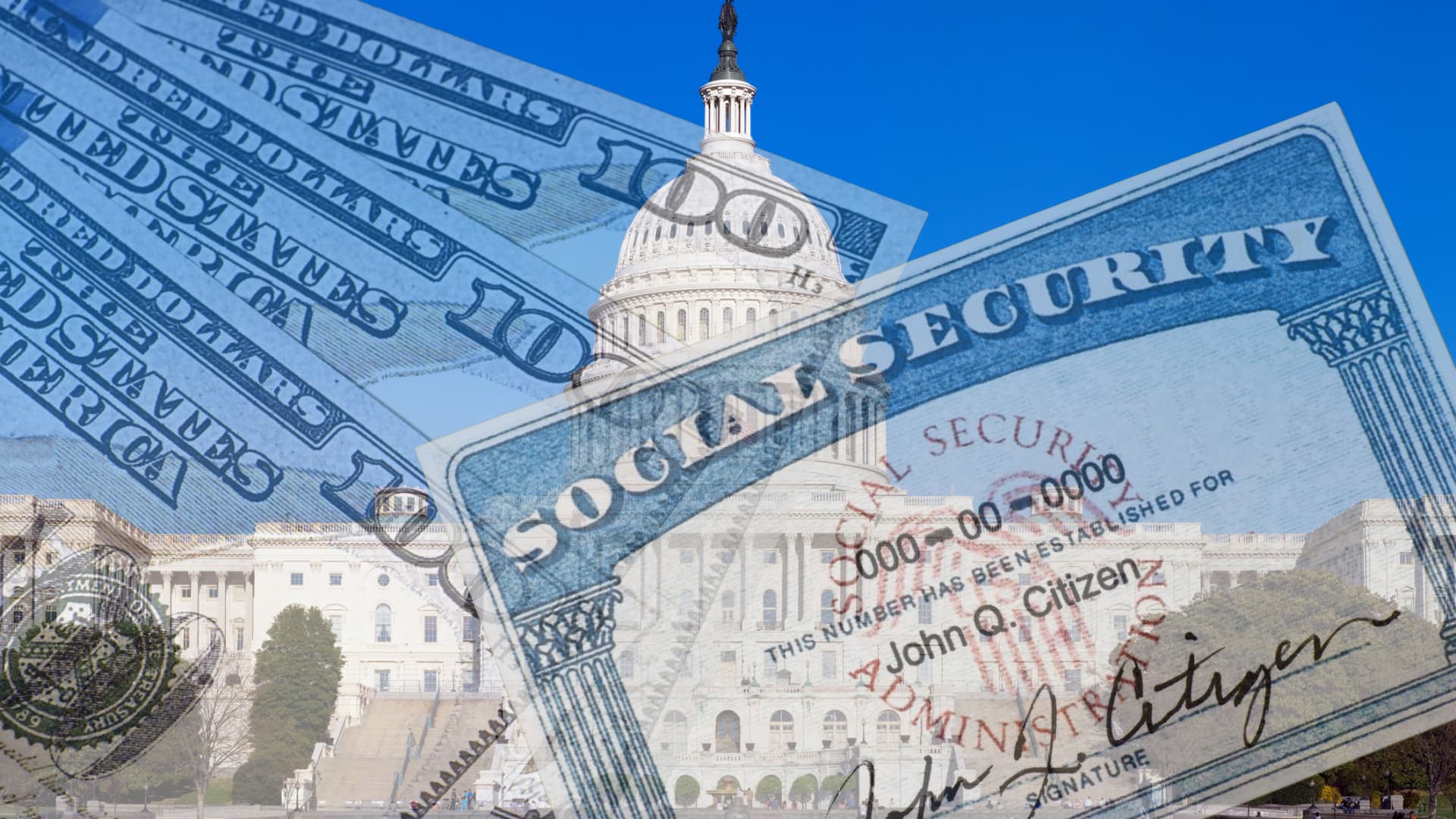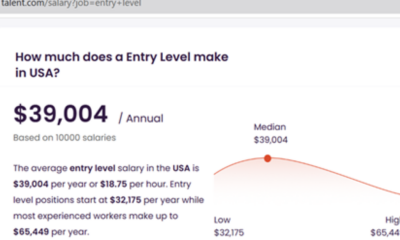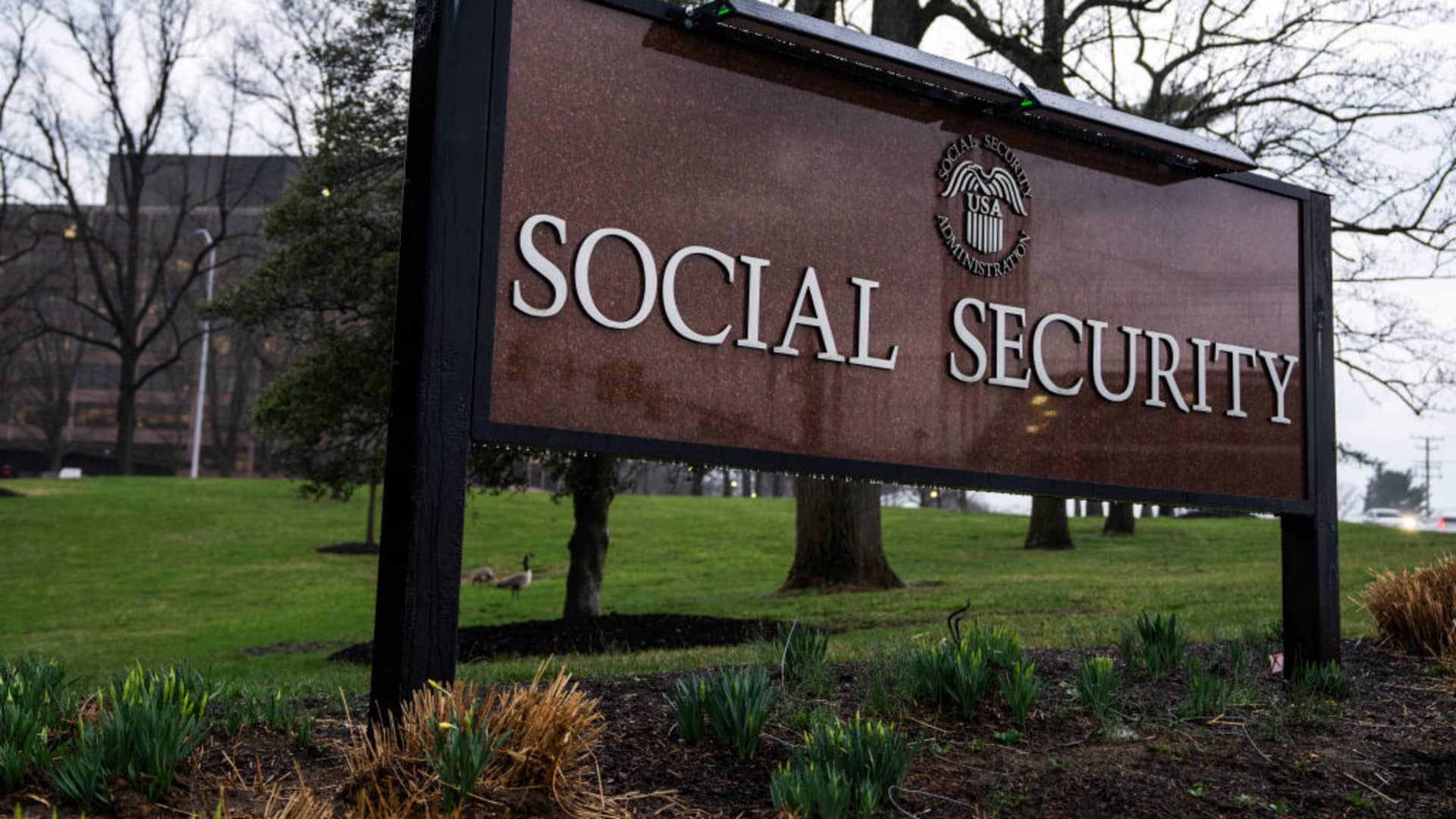Richard Stephen | Istock | Getty Images
As Congress scrambles to avoid a government shutdown, the Senate is also poised to consider another bill that would increase Social Security benefits for some public workers.
But the bill, the Social Security Fairness Act, may undergo changes if some Senators’ efforts to add amendments are successful.
Per the original proposal, the Social Security Fairness Act calls for eliminating Social Security provisions known as the Windfall Elimination Provision, or WEP, and Government Pension Offset, or GPO, that have been in place for decades.
The WEP reduces Social Security benefits for individuals who receive pension or disability benefits from employment where they did not pay Social Security payroll taxes. The GPO reduces Social Security for spouses, widows and widowers who also receive their own government pension income. Together, the provisions affect an estimated 3 million individuals.
The bill has enthusiastic support from organizations representing teachers, firefighters, police and other government workers who are affected by the benefit reductions.
“You shouldn’t penalize people for income outside of a system when you’ve paid into it and earn that benefit,” said John Hatton, vice president of policy and programs at the National Active and Retired Federal Employees Association. “It’s been 40 years trying to get this repealed.”
The bill has received overwhelming bipartisan support. The Social Security Fairness Act was passed by the House with a 327 majority in November.
Preliminary Senate votes this week have also shown a strong bipartisan support for moving the proposal forward. On Wednesday, the chamber voted with a 73 majority on a cloture for the motion to proceed. That was followed by a Thursday vote on a motion to proceed that also drew a 73-vote majority.
Experts say the Senate may soon hold a final vote. It could proceed in one of two ways — with amendments that alter the terms of the original bill or with a final vote without any changes.
Amendments may include raising the retirement age
The Social Security Fairness Act would cost an estimated $196 billion over 10 years, according to the Congressional Budget Office.
Those additional costs come as the trust funds Social Security relies on to help pay benefits already face looming depletion dates. Social Security’s trustees have projected the program’s trust fund used to pay retirement benefits may be depleted in nine years, when just 79% of benefits may be payable.
Some senators who oppose the Social Security Fairness Act have expressed concerns about the pressures the additional costs would put on the program.
Sen. Rand Paul, R-Kentucky, who this week voted against moving the current version of the bill forward in the Senate, said this week he plans to propose an amendment to offset those costs by gradually raising the retirement age to 70 while also adjusting for life expectancy. Social Security’s full retirement age — when beneficiaries receive 100% of the benefits they’ve earned — is currently age 67 for individuals born in 1960 or later.
“It is absurd to entertain a proposal that would make Social Security both less fair and financially weaker,” Paul said in a statement. “To undo the damage made by this legislation, my amendment to gradually raise the retirement age to reflect current life expectancies will strengthen Social Security by providing almost $400 billion in savings.”
More from Personal Finance:
Answers to common questions on the Social Security Fairness Act
73% of workers worry Social Security won’t be able to pay benefits
Early retirement is a surprise for many workers, study finds
As of Friday morning, a total of six amendments to the bill had been introduced, according to Emerson Sprick, associate director of economic policy at the Bipartisan Policy Center.
Some amendments call for replacing the full repeal of the WEP and GPO provisions with other changes.
One amendment from Sens. Ted Cruz, R-Texas, and Joe Manchin, I-West Virginia, would instead put in place a more proportional formula to calculate benefits for affected individuals. That change, inspired by Texas Republican Rep. Jodey Arrington’s Equal Treatment of Public Servants Act, has a lot of support from policy experts and the Bipartisan Policy Center, Sprick said.
Social Security advocacy groups have pushed for larger comprehensive Social Security reform that would use tax increases to pay for making benefits more generous.
“We want to help in making this happen, but our preference was for it to be part of a much larger Social Security reform,” said Dan Adcock, director of government relations and policy at the National Committee to Preserve Social Security and Medicare.
To be sure, if amendments are successfully added to the bill, it would have to go back to the House.
“We’re hoping that that doesn’t come to that, because that could complicate matters, depending on the timing of how what’s going on with the [continuing resolution]” to avoid a government shutdown, Adcock said.
Senate may proceed to final vote on original bill
Much of what happens next rests on Senate Majority Leader Chuck Schumer, D-New York, who could decide unilaterally not to allow amendments to be considered, according to Sprick.
Alternatively, Schumer could decide to allow for amendments in exchange for limiting the length of time spent on consideration of the bill, he said.
However, Sprick said he doubts Schumer will allow amendments at this point.
“The most likely scenario at this point is that Senator Schumer just runs out the clock, doesn’t allow consideration of any amendments, and they take a final vote either very late tonight or early tomorrow,” Sprick said.
While opponents of the bill may delay a vote, they won’t be able to stop a vote, Hatton said. Moreover, there’s reason to believe the leaders who have voted to advance the bill this week will also vote for it if and when it is put up for a final vote, he said.
“I’m still optimistic that this passes, and it’s more just a matter of when, not if,” Hatton said.


 Accounting6 days ago
Accounting6 days ago
 Accounting1 week ago
Accounting1 week ago
 Accounting1 week ago
Accounting1 week ago
 Economics6 days ago
Economics6 days ago
 Finance1 week ago
Finance1 week ago
 Economics4 days ago
Economics4 days ago
 Personal Finance1 week ago
Personal Finance1 week ago
 Personal Finance1 week ago
Personal Finance1 week ago











